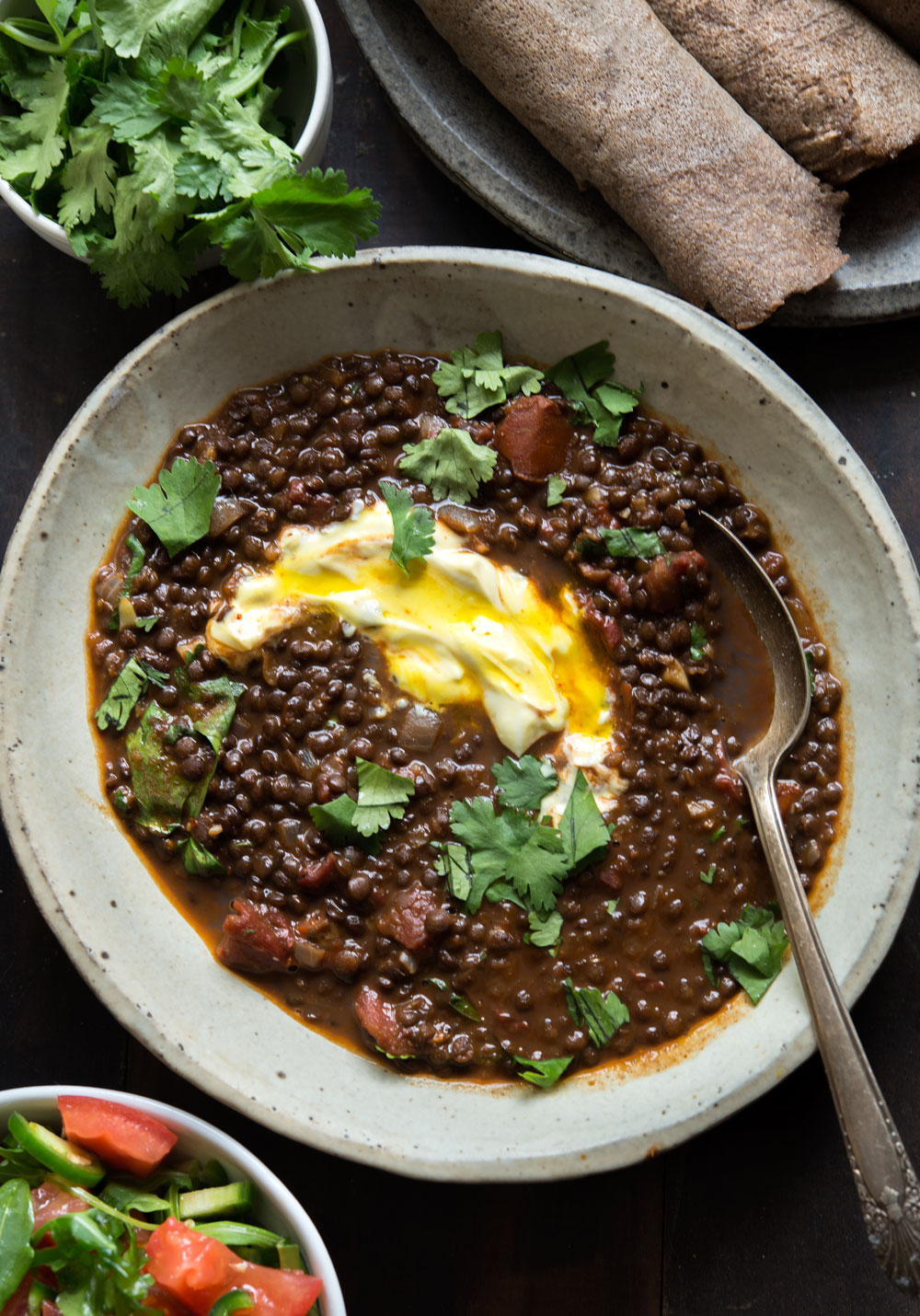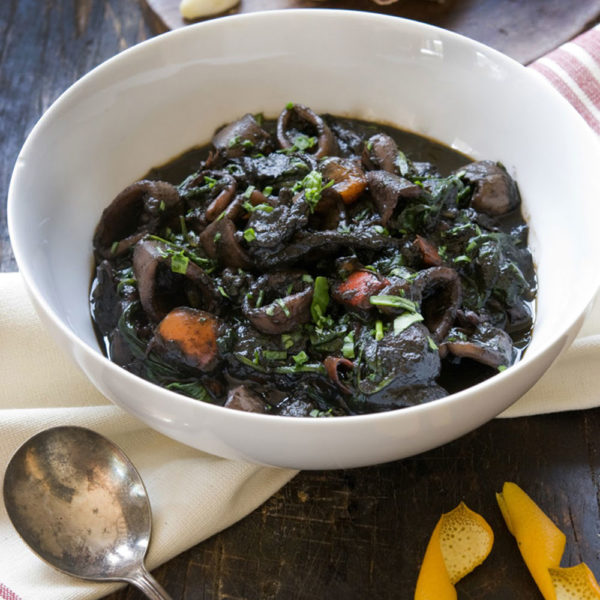The United Nations has proclaimed 2016 as International Year of the Pulses. While I’m not one to jump on trends or embrace what’s ‘trendy’, this is something I can easily get behind.
First things first, what is a pulse? Pulses are part of the legume family; the term “pulse” refers to the dried seed. Pulses (and legumes) are nitrogen-fixing crops, which means that they improve crop sustainability. As well, pulses are highly nutritious, rich in fiber, protein, folate, B-vitamins, and minerals such as iron, zinc, calcium, and phosphorous.
Some more interesting tidbits (source: Food Tank):
“Just 43 gallons of water can produce one pound of pulses, compared with 216 gallons for soybeans and 368 gallons for peanuts. And production of pulses emits only 5 percent of the green gas emissions associated with beef production. Thus, they are eco-friendly and can significantly address hunger, food security and environmental and health challenges.”
So, win-win for all. What’s not to like?
The use of pulses is seemingly endless…soups, stews, salads, breads, cookies, cakes, dips/condiments, etc.
Today, I used black lentils spiced with berbere, an Ethiopian chile-spice blend and key ingredient in Ethiopian cooking. I didn’t make my own berbere blend. I bought it here (and in the past from here). Berbere has a little spicy kick to it.
This lentil dish is simple to prepare. It’s a dish that you can easily reheat and one that tastes even better the next day. Prepare this dish in advance and when you get home after a long day’s work, voila, dinner is waiting.
You can serve these lentils with rice, pita, naan, etc. Traditionally, in Ethiopia, your food would be served on a spongy, sour, crepe-like bread (made from teff) called injera.
I finished the lentils with a dollop of thick Greek yogurt (I added a little saffron-infused water to the yogurt, mostly for visual effect/pop of color) and chopped cilantro. Lastly, served the lentils with awaze (Ethiopian hot sauce), which is also made with berbere (along with lime juice, red wine, and water).
Ethiopian-Spiced Black Lentils
serves 4 to 6
1 1/2 cups black lentils
1 (14-ounce) can crushed tomatoes
3 to 3 1/2 cups chicken (or vegetable) stock
1 tablespoon butter, ghee, and/or olive oil
1 large onion (1 1/2 cups), finely diced
5 cloves of garlic, minced
1 tablespoon freshly grated ginger
Sea salt and freshly ground black pepper
3 tablespoons berbere spice blend
1 tablespoon sweet paprika
1/2 cup white wine
cilantro for serving
Greek yogurt for serving (I added a little saffron water to the yogurt to give it that yellow color)
Combine the black lentils, tomatoes, and 3 cups of chicken stock in a large pot or Dutch oven. Bring to a boil, then simmer until the lentils are tender, about 35 minutes. Season with salt and pepper.
Meanwhile, heat the butter and/or oil in a large skillet. Add the onion, garlic, and ginger, and saute until the onions are soft, about 4 minutes. Add the berbere and paprika, and saute, stirring constantly for 1 minute. Add the white wine and deglaze the pan, scraping any bits that stick to the bottom. Add the onion-spice mixture to the pot with the cooked lentils. Cook another 20 minutes to warm through and allow the flavors to marry, adding more stock if needed.
Garnish with fresh cilantro and a dollop of yogurt.












7 comments
Emily W.
Oh this post makes me happy! I love Ethiopian lentils! And I love, love, love pulses. Beautiful shots as always:)
Emily W.
Oh this post makes me happy! I love Ethiopian lentils! And I love, love, love pulses. Beautiful shots as always:)
Cathleen
Yum! I have never tried black lentils before, but this looks great! I would love to try it sometime!
Cathleen
Yum! I have never tried black lentils before, but this looks great! I would love to try it sometime!
Sabrina Russo
Love this recipe! I'll have to get my hands on that berbere spice blend! I adore Ethiopian food 🙂
Sabrina Russo
Love this recipe! I'll have to get my hands on that berbere spice blend! I adore Ethiopian food 🙂
Jayne
Beautiful recipe! Having attempted many recipes for the comfort of black Lentils, this is by far the best. The recipe will be a staple in my household. Thank you!